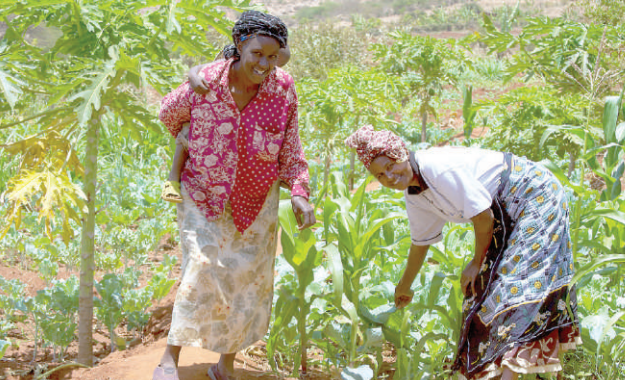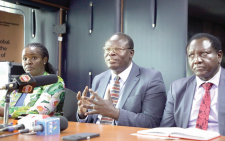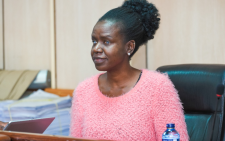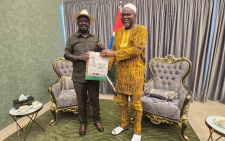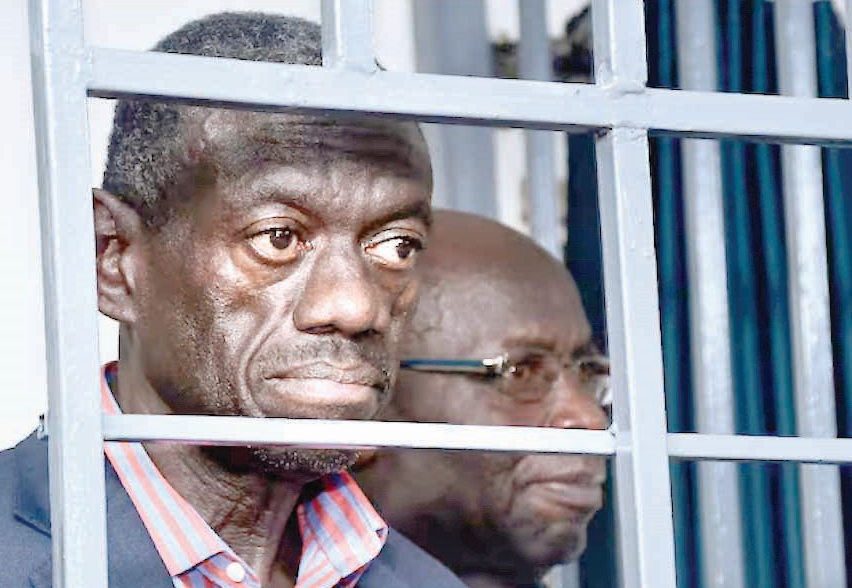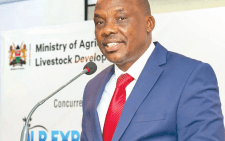Faith Buluma is a fish farmer from Busia County. Currently, she has four fish ponds. However, even though the land where she rears the fish is family-owned, she is required to give her husband Sh3,000 after every harvest as payment for using the land.
“It is like I have leased the land from my husband, yet the land belongs to us. Women from our community are not allowed to own land, the land belongs to our husbands. It is because of such discriminatory social norms and rules that we still have gender inequalities in the agrifood systems,” reveals Buluma.
Gender inequalities in the food and agriculture sector according to the latest report by the United Nations Food and Agriculture Organisation (FAO), are costing the world about Sh140 trillion (US$1 trillion). Levelling the playing field for women working in this sector can bring growth and help reduce the number of food-insecure people by 45 million. “If we tackle the gender inequalities endemic in agrifood systems and empower women, the world will take a leap forward in addressing the goals of ending poverty and creating a world free from hunger,” said Dr Benjamin Davis, Director, of Inclusive Rural Transformation and Gender Equality Division at FAO during the launch of the report in Nairobi.
According to the report dubbed The Status of Women in Agrifood Systems, gender inequalities account for a 24 per cent gap in productivity between women and men farmers on farms of equal size. Women employees in the agricultural sector are also paid nearly 20 per cent less than their male counterparts.
The report highlights that globally, 36 per cent of working women are employed in agrifood systems, along with 38 per cent of working men. However, women’s roles tend to be marginalised and their working conditions are likely to be worse than men’s in terms of irregular, informal, part-time, low-skilled, or labour-intensive.
Discriminatory social norms
Likewise, women engaged in wage employment in agriculture earn 82 cents for every dollar that men earn. Women also have less secure tenure over land, less access to credit and training, and have to work with technology designed for men.
According to the report, discriminatory social norms and rules affecting women and girls are at the heart of gender inequality and are slow to change. Attitudes towards women’s work outside the home, the acceptability of gender-based violence and other norms affecting women’s livelihoods in agrifood systems remain dangerously restrictive in much of the world.
“Formal policies and strategies may increasingly identify the constraints and inequalities that women face, but few national policies specify objectives to address them. This is despite the evidence that a broader approach to women’s empowerment that is reducing the barriers to their participation and changing the norms and rules that constrain it has great benefits for women’s well-being and the wider society as a whole,” reads part of the story.
The report explains that if half of the small-scale producers benefited from development interventions that focused on empowering women, it would significantly raise the incomes of an additional 58 million people and increase the resilience of an additional 235 million. “Women have always worked in agrifood systems. It is time that we made agrifood systems work for women. Efficient, inclusive, resilient, and sustainable agrifood systems depend on the empowerment of all women and gender equality,” said Dr Davis.
The report says agrifood systems are a more important source of livelihood for women than for men in many countries. In Sub-Saharan Africa, 66 per cent of women’s employment is in agrifood systems, compared with 60 per cent of men. “Women make up well over 50 per cent of the agricultural labour force in many Sub-Saharan African countries.
About half of the labour force in agriculture is female in several countries. Increasing women’s empowerment is essential for women’s well-being and has a positive impact on agricultural production, food security, diets, and child nutrition,” reveals the report.
According to the report, inadequate education, limited access to basic infrastructure and markets, high unpaid work burden, and poor rural employment opportunities outside agriculture severely limit women’s opportunities for off-farm work. This is why in general women account for a greater share of agricultural employment at lower levels of economic development.
Sustainable agrifood systems
“Reducing gender inequalities in livelihoods, access to resources, and resilience in agrifood systems is a critical pathway towards gender equality and women’s empowerment and towards more just and sustainable agrifood systems. These improvements are possible when an enabling environment exists and interventions are well designed to tackle the multidimensional and interrelated challenges facing women and men,” it read.
On the matter of land ownership, the report reveals that the percentage of men who have ownership or secure tenure rights over agricultural land is twice that of women in more than 40 per cent of the countries that have reported on women’s landownership (Sustainable Development Goal Indicator 5.a.1), and a larger percentage of men than women have such rights in 40 of 46 countries reporting.
However, the share of women among landowners increased in 10 of 18 countries over the last decade, with marked improvements in several countries in sub-Saharan Africa and southern Asia. “Even if we empower more women and the problem of land ownership is not solved, we are still going to see more women sink into poverty. In many countries there still is much to do to ensure that women own land in equal proportion to men and that legal frameworks protect their rights,” adds Buluma.
The report says that land ownership gaps can only be narrowed through a combination of implementing reforms on land registration, increasing land-rights awareness and access to community-based legal aid, and fostering women’s participation in local land institutions. Additionally, services (such as extensions) and resources (such as technology) must be designed with women’s needs in mind.

